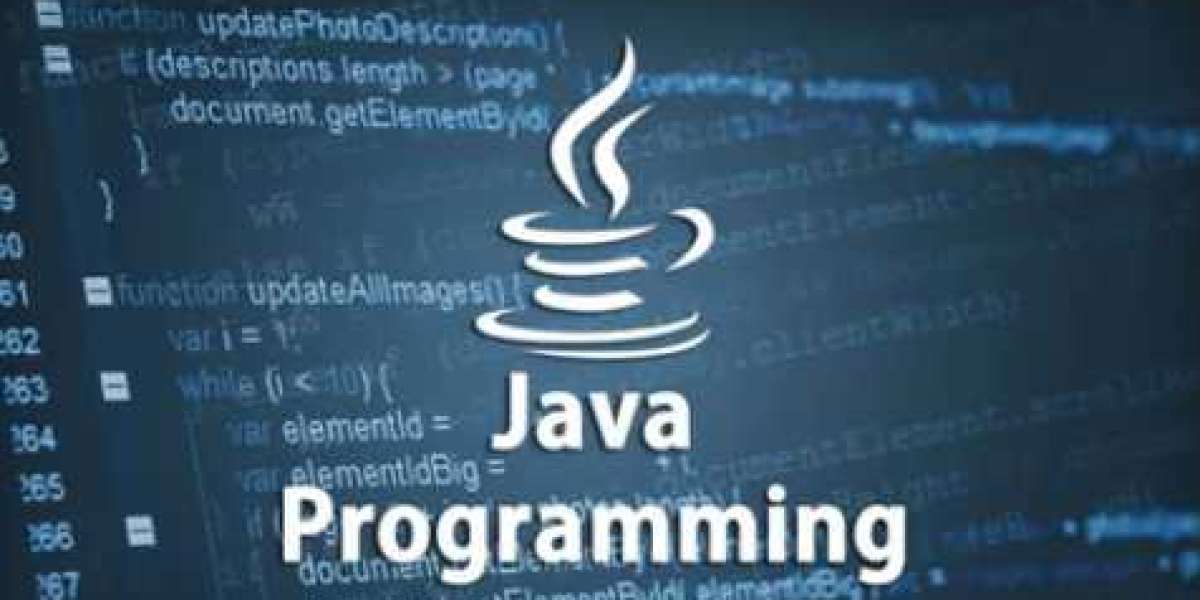Transitioning from one programming language to another can be both exciting and challenging. If you're considering making the switch to Java, you're in good company. Java is one of the most widely-used and versatile programming languages in the world, known for its robustness, portability, and extensive ecosystem. Whether you're coming from Python, C++, JavaScript, or any other language, this guide will help you make a smooth and successful transition to Java. Java Classes in Pune
1. Understand the Basics of Java
Before diving into Java, it's essential to understand the language's basic syntax, structure, and core concepts. Java is an object-oriented, class-based language, meaning that everything revolves around classes and objects. If you're coming from a language like Python or JavaScript, you may find Java's strict type system and the need to define classes and methods for even simple tasks a bit different. Spend some time getting comfortable with Java’s syntax, data types, control structures, and object-oriented principles.
2. Leverage Your Existing Knowledge
Transitioning to Java doesn't mean starting from scratch. Many programming concepts, such as loops, conditionals, and functions, are universal across languages. Identify the similarities between your current language and Java, and use this knowledge as a foundation. For example, if you’re coming from C++, you’ll find that Java shares many syntactical elements, making the transition smoother. If you're familiar with object-oriented programming (OOP) concepts, you'll find Java’s approach to encapsulation, inheritance, and polymorphism very similar.
3. Learn Java’s Unique Features
While many concepts in Java will be familiar, it's essential to understand the language-specific features that make Java unique. Key features to focus on include:
Memory Management: Java uses automatic garbage collection, which is different from manual memory management in languages like C++. Understanding how Java handles memory can prevent issues like memory leaks.
Platform Independence: Java’s "write once, run anywhere" philosophy is made possible by the Java Virtual Machine (JVM). Learning about the JVM and how Java bytecode is executed across platforms is crucial.
Exception Handling: Java’s robust exception handling mechanism is a critical feature that helps in writing error-resistant code. If your previous language has a different approach to error handling, spend extra time mastering Java’s
try-catch-finallyblocks.Libraries and Frameworks: Java has a rich ecosystem of libraries and frameworks that can significantly speed up development. Familiarize yourself with essential tools like the Java Standard Library, Spring Framework, Hibernate, and more.
4. Practice by Converting Existing Code
One effective way to transition to Java is to take existing projects or code snippets from your current language and rewrite them in Java. This exercise helps you see how Java handles similar tasks and deepens your understanding of its syntax and features. Start with small programs like calculators, file handlers, or basic web applications, then gradually move on to more complex projects. Java Course in Pune
5. Explore Java’s Development Environment
Getting comfortable with Java's development tools is essential for a smooth transition. Java has a variety of Integrated Development Environments (IDEs) like IntelliJ IDEA, Eclipse, and NetBeans that offer powerful features to enhance productivity. Explore these tools and learn how to use them for tasks like code completion, debugging, and version control integration.
6. Engage with the Java Community
Java has a vibrant and supportive community. Engaging with other developers through forums, user groups, and online courses can be incredibly beneficial. Platforms like Stack Overflow, GitHub, and the Oracle Java community provide a wealth of resources, including tutorials, code samples, and discussions. Don’t hesitate to ask questions and participate in discussions to deepen your understanding of Java.
7. Build Real-World Projects
Once you're comfortable with Java's basics, start building real-world projects. Whether it's a web application, a mobile app, or a data processing tool, working on actual projects will solidify your knowledge and give you practical experience. Java’s versatility allows you to explore different domains like Android development, enterprise applications, or cloud computing. Java Training in Pune
8. Stay Updated with Java Trends
Java is continuously evolving, with regular updates and new features being added. Staying up-to-date with the latest Java trends and releases will ensure that your skills remain relevant. Follow industry blogs, attend webinars, and participate in Java conferences like Oracle’s JavaOne to keep your knowledge current.
Conclusion
Transitioning from another programming language to Java is a valuable step in advancing your career as a developer. By leveraging your existing knowledge, focusing on Java's unique features, and actively engaging with the Java community, you can make this transition smoothly and effectively. With practice and persistence, you'll soon find yourself proficient in Java, ready to tackle new challenges and opportunities in the world of software development.







